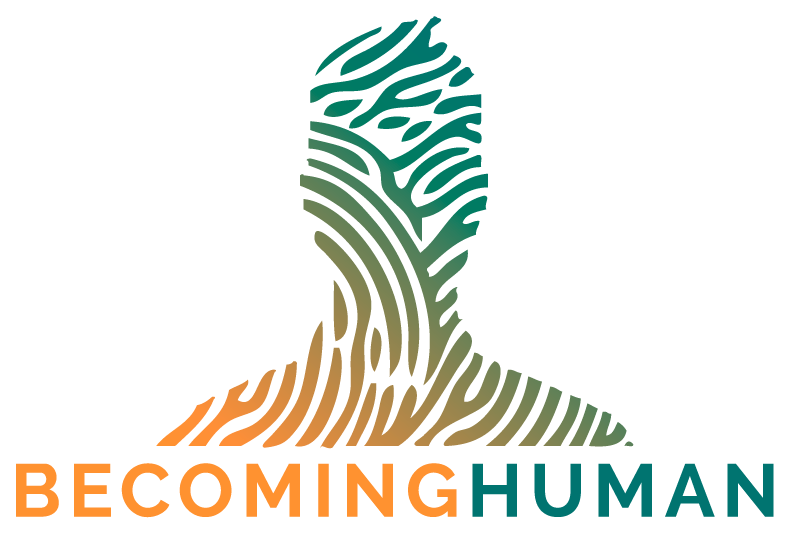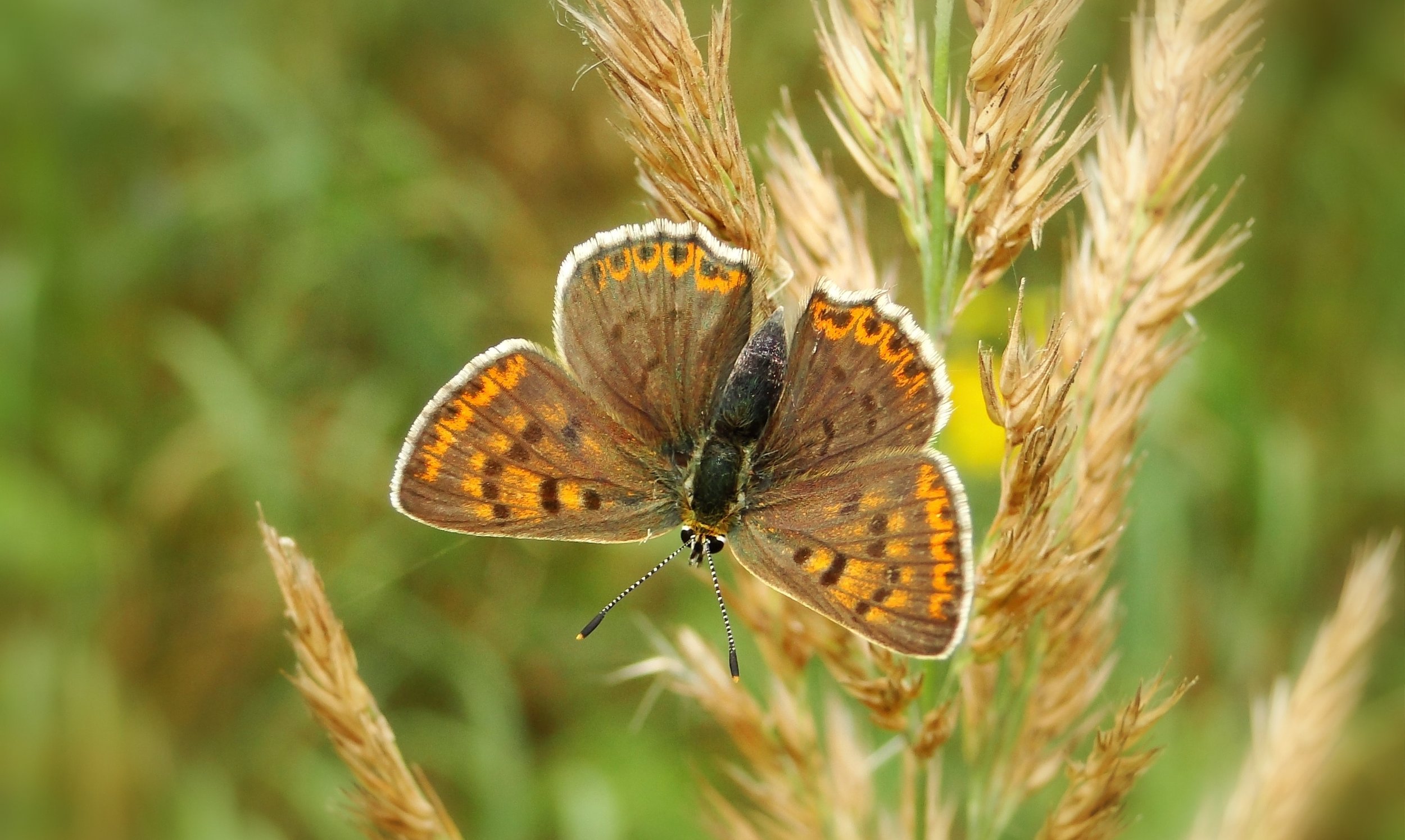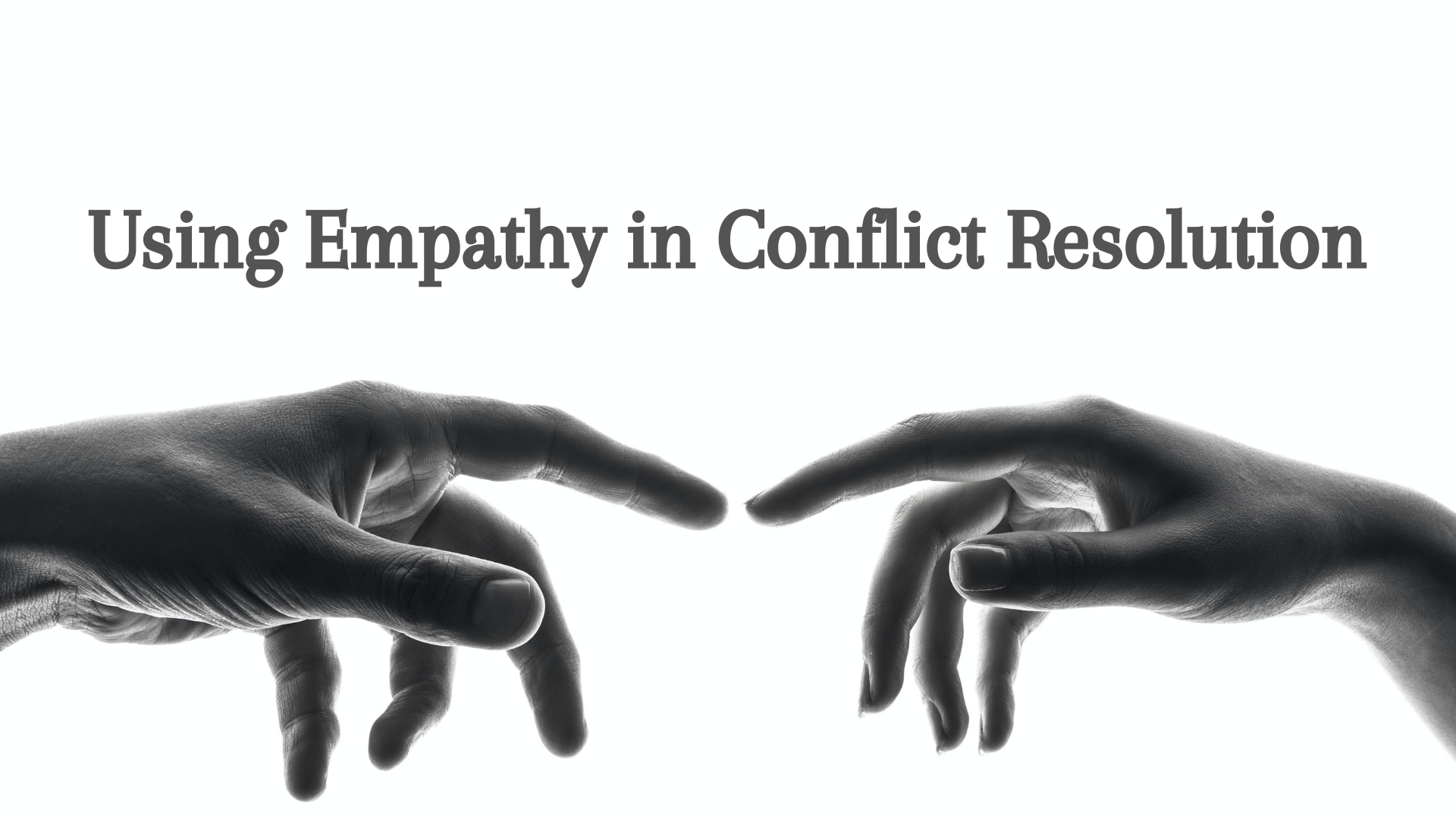The Ritual of Synchronization
/For those of us who tend to ignore the changing ground under our feet — how to adapt to our ever-changing world.
I remember being in 2nd-grade when my family decided to move out of the only house I had ever known. Our relocation was only to the other side of town, but as the day went along through a continuous cycle of packing, loading a trailer, and unloading everything we owned, we were soon left cleaning the home I rooted my identity in until it was nothing but empty.
It felt like my life had been splintered in two places and the space I knew was being left behind.
By the end of the day, my mother and I were scanning the old home, going through the rooms and picking up leftover trash. There were lots of random items that seemed to be giving a last ditch effort of rebellion against being removed from their familiar home just as I was. Then, for the last time, I walked out of that door and found myself standing in the driveway that stretched from the street alongside the house and to our detached garage.
I was now standing on a new landscape as a new person, for one part of my story was over and I was forced to look at that arrangement of wood and concrete and metal that I once called home knowing I would never view it or inhabit it again as I had for so many years.
It was dusk and we walked to the vehicle that would officially end this place being “home” and deliver us to a new landscape that would mark a transition in all of our lives. As we were halfway up the driveway, in the simplified perspective of a 2nd grader, I suddenly stopped walking.
And I cried.
Why?
Part One — The Ever-Changing World
Because I was struggling with change.
Even as a child I could sense that the world I knew was ending and I was now traversing uncharted territory. One landscape full of memories and rhythms and norms and familiarity was over and I could feel in my bones that the myriad of my existence was ebbing towards loss.
But alas, the world changes whether we want it to or not.
And my intuition tells me that my 2nd-grade self is not alone in the struggle.
The question then becomes, whether we perceive the change as positive or negative — how do we embrace change well? We tend to focus on the possibility of change and how to get unstuck. Reality resounds with a different tune — one of incessant change. Biologically, geologically, relationally, culturally, and even psychologically, ourselves and the world are constantly evolving and morphing.
Therefore, our focus should be less on if we can change and, in the face of change’s inevitability, how we can engage with those unavoidable changes well.
How do we adapt to our ever-changing world?
Failing to do so, failing to embrace the movement of the world, whether or not we find it appealing, is a recipe for a life that will pass you by. Utilizing change to help us continue on in an ever-changing world, however, will ensure that our feet are firmly planted in the ground wherever we are, no matter how much it has evolved.
This is called synchronization — a necessity to the human journey full of potential benefits for our constant changes in life.
For which there are also dangerous penalties if we ignore its fundamental nature.
Please allow climactic isotherms to serve as an illustration.
Part Two — Climactic Isotherms & The Sooty Copper Butterfly
We know what climactic isotherms are because it is the reason so many people — snowbirds we call them where I’m from — would rather spend winter in Florida than in Northern Ohio or Michigan. There is the reality that different regions have different climates and that these climates tend to run horizontally over particular landscapes. If you look at a map of the United States, you could see these bands that stretch across the length of the landmass with various bends that wave up and down from West to East similar to the “Zone Hardiness Map” that is a common reference point for gardeners and homesteaders.
In 1999, a study was done on a butterfly species in Europe called Sooty Copper to analyze the effects of these Climactic Isotherms. The scientists were interested in how a climactic isotherm affected the biology of a region. Since certain species can only live under certain conditions, what happens when these isotherms shift?
Interestingly, climactic isotherms aren’t static — they shift and move and morph.
We’ll get to that in a minute.
So these scientists decided to analyze the Sooty Copper butterfly because of its prevalence in Europe and because butterflies are one of the most sensitive creatures to climate. They began with tracing the landscapes that the Sooty Copper traditionally inhabited as a climactic isotherm and marked its previous habitat throughout the 20th century. Their conclusion was that this butterfly species inhabited the climactic isotherm from the area of Spain to around Lativa which is north of Poland and sits adjacent to Russia. They were able to map out that, until the 1990’s, this isotherm was the area you would find the Sooty Copper butterfly.
When they get to 1999, then, they were interested in any changes in that demographic because, if the butterfly had moved, it means the climactic isotherm had shifted.
And that’s exactly what they found.
By 1999, there was almost no presence of the Sooty Copper in Spain. Also, the Sooty Copper was largely present in a region they had never been before — Estonia, which is even further north than Latvia.
The climactic isotherm moved up.
And so did the butterflies.
Their world changes.
Something shifts.
A new season begins.
And they either needed to move with it or they would be left behind.
This is called synchronization.
Part Three — Will You Adapt?
You have the landscape you have known. The world as it is. But then it changes.
Something happens and you find yourself on a new landscape, full of unfamiliarity and full of the sense that the world is a bit different now. How things were, what those people were like before, and what was normal no longer exists in the same way. The places where your habitat previously existed doesn’t work anymore — for you are now in uncharted territory.
In this new reality, you have a choice:
Align yourself with the changes; the new landscape that has transitioned your or the world’s existence.
Or try to exist in the previous isotherm and find yourself completely out of tune with the new world you currently find yourself in.
You either synchronize or you try to remain in a landscape that is no longer possible.
Whether it is the changes occurring in your life or the large changes happening in a community or a culture or the globe, there is something we can learn from this butterfly — because our isotherms are constantly evolving and we can either try to stay in Spain with our feet firmly buried in the ground, or we can move.
While synchronization is a long process — a never-ending one, in fact — I want to focus on the first step that is essential whenever the landscapes of our lives shift.
Whether it is moving to a new house or a death where the loss of another being is like the loss of a piece of your soul or that decision they made that impacted and changed everything or the changes in our family or community or social systems that make things different than how we had known them previously or the natural growth and evolution of our lives, our relationships, and our places in the world — synchronization happens when we mark the moment.
Whether it is a graduation or birthday or a new job or, more poignantly, something painful, we need to see the change, acknowledge how reality has shifted, and orient ourselves towards the new territory under our feet.
We need to synchronize.
Part Four — There’s Something About That Pause
Synchronization might be best symbolized in an image that comes from the Jewish tradition.
The Jewish faithful have a text called Genesis that depicts the nature of the world based on how everything is created. It’s an origins story (actually, the part of Genesis I am referring to, Genesis chapter one, is a poem) so whatever details you get are painting a picture, not of how the world was made, but of why the world is what it is.
Most of us have heard this text:
There were the skies and the land, the heavens and the earth, and the Divine speaks — bringing forth existence — and we are told that the result of life coming into being is that everything is “good”.
“Let there be light!”
A familiar story, but there is a detail, before any of that happens, that displays the synchronization experienced by the Sooty Copper butterfly species in Europe & that embodies the posture which carries us healthily through synchronizing with a whole new world.
Before any of this “let there be light” stuff, we are told there is this formless void, a chaos & darkness, and that’s it. In the Hebrew language, it is the phrase “tohu va vohu.” The initial picture in the first part of this creation text from the Hebrew book of Genesis is a picture of this deep, mysterious, dystopian water that covers all things. And then we get this line:
“And the breath (or “spirit” or “wind”) of Elohim (their word for The Divine) was moving over the face of the waters.”
This is how the creation of the world begins. Not with light and form and goodness coming out of nothing. The story begins with a shift from one state of being to another.
Now, on the surface, it seems rather trivial, maybe even a bit strange, or, at the most, unimportant.
But that is because the word “moving” doesn’t paint the correct picture for us as it did to the people hearing this in a language that wasn’t English. In the Hebrew language, it is the word “rachaf” and we, unfortunately, just don’t have an English equivalent of this word. It could be translated as “hovering” or “spreading”, but those translations just doesn’t capture what the Hebrew language is implying about a deeply central concept built into the fabric of the world.
Because “rachaf” is the same word used to describe a mother bird brooding over her young as an egg hatches and they have their first interaction together. Or, at another place in the Hebrew Scriptures, it is used to describe a mother embracing her dead child in an intimate, heartbreaking, world-changing embrace.
Not quite what we think of when we hear the word “moving”.
There is this moment of deep, profound intimacy — that you are interacting with your full presence in the anticipation that something is in that transformative movement where the world will never be the same again.
It is a holy ceasing where you stop and see and name and mark where things were and embrace the coming landscape in all of its forms, recognizing that what was familiar has now shifted. You take a moment of recognition to feel, to intimately acknowledge that a story is over, that something new is unfolding in the midst of the previous version of life, and that the arrangement of where things were will not be the same.
“Rachaf” is the essence of synchronization — a pause, a grasping, an acknowledging that a transition is taking place and you are handling a new world. Maybe we could say that synchronization is the internal equivalent of paying attention to where you are walking — as the ground moves, you intentionally see the next step with your soul, leaving one parcel of footing behind to fully embrace the next with sure footing. The synchronization that flows from your assumed ability to walk is also necessary as you traverse the story of your life and the world.
You’ve probably seen this in its most raw form if you’ve ever been to a funeral marred by tragedy — the teenager who died in the car accident or the spouse who lost their significant other when cancer suddenly appeared and deteriorated their life in just a couple of months. In these spaces, you see “rachaf” when someone wails over the casket with penetrating sobs. They are interacting with the loss of a world and acknowledging that everything will change and nothing will ever feel the same again.
Rachaf is when a whole new world is emerging and you intentionally move with it. You center that ending right in front of you so that you can now move with it to a new beginning.
Part Five — Recovering the Ancient Art of Ritual
Whether birthdays or in monumental events or in those moments where we take on the courage to reset life and move in a different direction — it is helpful to have cycles and rhythms set in our life to take time to rachaf, to synchronize. This may be best exemplified in the convenience of a New Year with all of it bombastic resolution making or at the end of a school year where the possibility of a new rhythm stands on the horizon.
In a modern age of human progress and enlightenment, we may need to take heed from previous human cultures in their understanding of the importance of ritual — because a ritual, among other things, creates a space to set your intention for the upcoming season. Rituals are simply ways to mark a shift; to identify and embrace a changing landscape.
Even in our advanced and evolved human culmination that we tend to think is the height of civilization, we still attempt and yearn for this valuable process that seems embedded in our DNA. It is why we have birthday parties and why we look back to old school pictures. It is why we watch old wedding footage or take the same vacation at the same time every year or celebrate certain holidays by gathering with our intimate community to be present with one another.
There seems to be this innate need for ritual — for this periodic invitation to come together to mark an event or occasion of change.
We have this desire to take time and space to feel what we might otherwise not make time for. While the ancient world practiced this much more holistically & communally, the common harvest festival as the best example, we still carry this intrinsic longing today — and it is just as necessary, if not more so.
In such a distracted culture, we need to embrace this ancient rhythm of ritual because it captures what it means for us to be synchronized with what we might habitually neglect.
If our world is constantly shifting and changes are constantly altering the landscape underneath of us, we need to pay attention. We need to mark those moments of the inescapable evolution of our journey through life.
Yet we have a tendency to just keep going through the motions of our norms in the hopes of getting by as if nothing is different — which means we never adapt to the new ground taking shape under our feet. When someone dies or we move or see the world in a new way, we find ways to just worry about the details and continue the conveyor belt of our routine; which is really just a way to avoid the whole new world we are now walking on — a fantasy of pretending that we can continue on in what is now only a memory.
We fail to own what has shifted.
And it is like being a Sooty Copper butterfly that fails to recognize the isotherm shifting and staying in Spain.
Or like driving down the road and not taking time to realize the road curves and so we just keep driving straight…right off the cliff.
Our failure to mark and sit in the intimate anticipation of acknowledging the new landscape leads to us missing it.
That is the danger — that we might not stop and see where the road is going. The benefit, however, is that as our non-static world changes, we will healthily change with it.
That we will be people of ritual, rhythmically synchronizing with where we have been, where we are, and where we are going.
Part Six — The Invitation of Synchronization
This, then, is why I cried while standing in the driveway with my mother — because I took time to “rachaf.”
As the sun set on our empty home, my mother and I noticed the sun setting on the world around us, forcing us to see the loss. But it also allowed us to move more fully through the world. It was then, though I didn’t know it at the time, that I was exposed to the value, no, the necessity, of properly walking through the world unfolding before me.
For you, then:
What landscapes are shifting in your life and how can you properly adapt to the ever-changing road?
What news have you received that prophesies that the world will be different?
What event has happened — a growth or a discovery or even the taking away of something — that exposes that your life or your relationship with a person or the current routines that defined how things were, aren’t going to function the same?
What familiar patterns of “how it used to be” are sliding out like the climactic isotherm leaving Spain?
What loss has taken away the previous notion of what was normal?
What shift is compelling an adjustment to adapt to the new world now in front of you?
And, in the midst of whatever shifting landscape you find yourself in, no matter how minimal, how can you practice synchronization?
That ought to be our invitation.
Before you keep walking, before you start the next day or season, before you do any of the normal routine, make sure you take time to rachaf. If you don’t want a rug to be pulled out from underneath you, it will begin by taking time to synchronize.
To stand in the driveway and look at the building you once called home with a new lens that acknowledges that a next chapter has begun.
To sit at the meal and proclaim what has happened.
To have the conversation or the meeting where you name what is shifting and where we need to go next.
To chart the experience of the previous year in order to fully engage with a new one.
To turn off the constant hammering of the conveyor belt and take a moment, a day, or a season to allow your mind and your body to catch up with your world.
To set our intentions, after we’ve seen where the road is going, for where the story needs to go.
To be still and brood over those waters before the next word is spoken.
To own those moments, to name them, and to acknowledge with the people traversing the world with you what is different so that we might keep from blindly walking a ground that is no longer there.
Synchronization will force us to vulnerably confront what is changing and, therefore, what might be a loss. But it is the only way to healthily move into changes that will reflect the reality of the world that is now under our feet.
There is something about that pause where everyone takes a breath and marks what is happening in our midst.
May we learn from the ancient tribes in their elevation of ritual, may we take heed from the Sooty Copper butterfly in their changing climactic isotherms, and may we find profundity in the 2nd grader who cried in the driveway.
May we see with intentional awareness what is now different & where that change is going to take you next.
And may we pay attention — so that we might fully move into where the story and the landscape are shifting.











![Three Reasons We're Lonely - [And Three Responses For Being Less So]](https://images.squarespace-cdn.com/content/v1/5963d280893fc02db1b9a659/1651234022075-7WEKZ2LGDVCR7IM74KE2/Loneliness+3+update+%283%29.png)





























